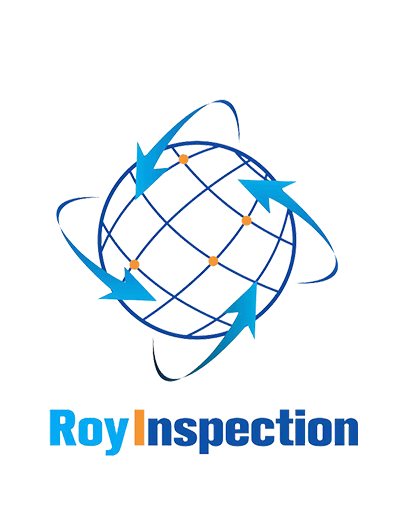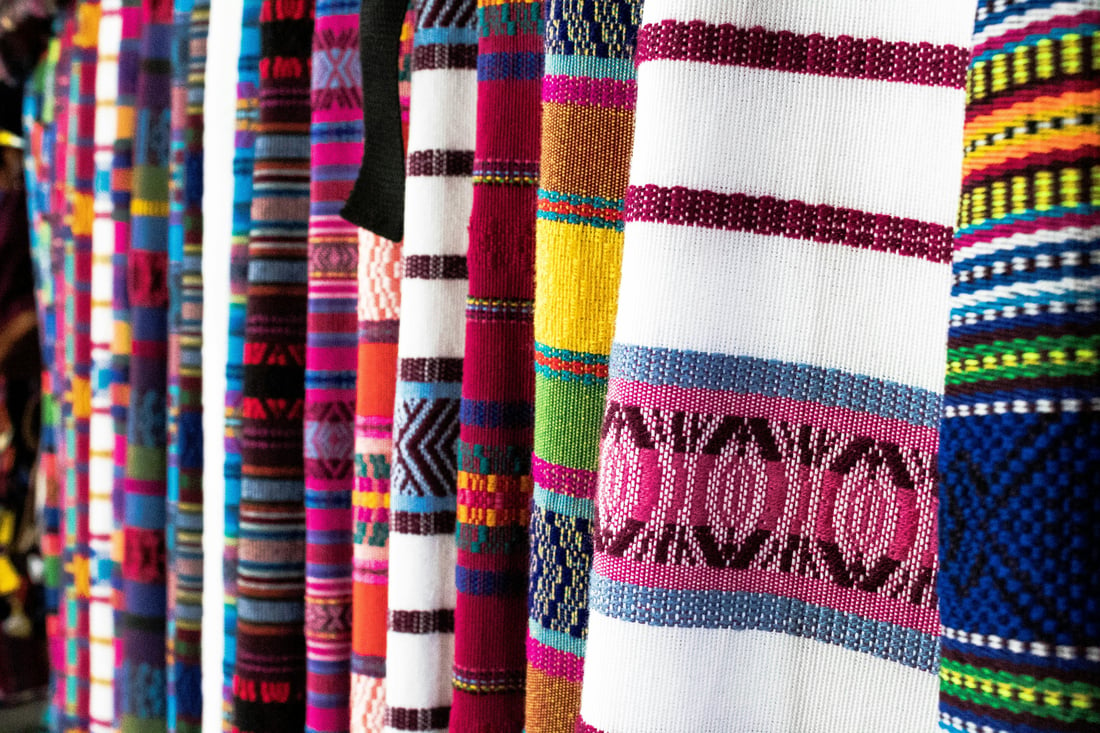Introduction
textile testing and quality control are essential to ensure that the products meet the required standards and quality. The textile industry is highly competitive, and manufacturers strive to produce high-quality products to remain relevant in the market. This article explores the different aspects of textile testing and quality control and why they are critical.
Textile Testing
Textile testing involves analyzing the physical and chemical properties of the fabric to ensure it meets the required standards. This is done through various tests, including dimensional stability, colorfastness, tensile strength, abrasion resistance, and pilling resistance.
Dimensional Stability
This test determines the fabric's ability to retain its original shape and size after washing or cleaning. It is important to ensure that the fabric remains the same size, especially when manufacturing garments.
Colorfastness
This test measures the fabric's ability to resist color fading or running after exposure to various conditions such as light, washing, or dry cleaning. It is essential to maintain the fabric's color quality and appearance.
Tensile Strength
This test measures the maximum force that a fabric can withstand before breaking. It is essential to ensure that the fabric can withstand the stress of normal wear and tear.
Abrasion Resistance
This test measures the fabric's ability to resist wear and tear. It is important to ensure that the fabric does not wear out quickly, especially when used to make clothing.
Pilling Resistance
This test measures the fabric's ability to resist the formation of pills or balls on its surface. It is important to ensure that the fabric maintains its smooth appearance and does not become rough over time.
Quality Control
Quality control is the process of ensuring that the finished textile products meet the required standards and specifications. It entails inspecting the products before they are shipped to the market to ensure that they are free from defects and meet the required quality standards.
Improve Productivity
Proper textile testing and quality control can help improve productivity in the textile industry. By ensuring that the fabric meets the required quality standards, manufacturers can reduce the need for rework, thus saving time and production costs. This improves efficiency and productivity in the industry.
Conclusion
Textile testing and quality control are critical aspects of the textile industry. By ensuring that the fabric meets the required quality standards, manufacturers can improve their productivity, reduce costs, and remain competitive in the market. It is, therefore, important to invest in proper textile testing and quality control processes.

